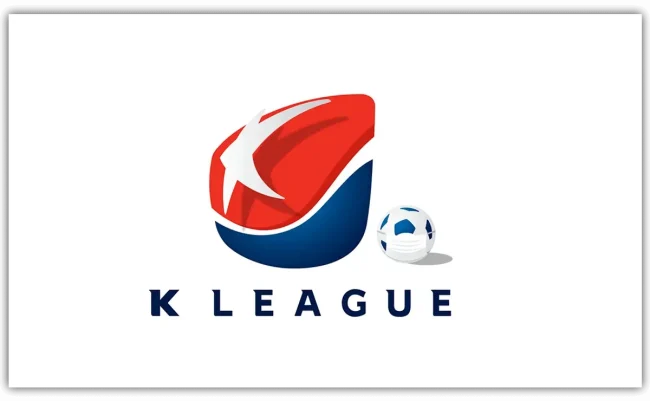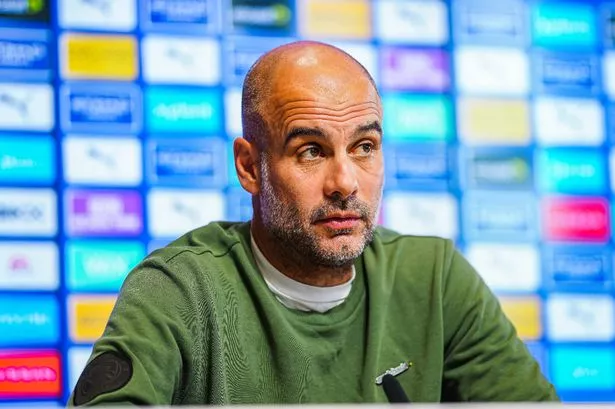The 2002 World Cup, jointly held in Japan and South Korea, was a vivid and colourful reflection of the popularity of professional football across Asia. South Korea’s journey to the semi-final at the global showpiece undoubtedly improved the country’s footballing image and global reputation. The nation’s domestic division, the K1 League, is renowned for its high level of competition and has gained plenty of attention across the continent and beyond.
The league is famous for its tactical sophistication, advanced football techniques, rigorous training methods and a robust player development system. The K1 League has become a trendsetter for Asian football, especially in Vietnam, where the influence of the South Korean top flight is evident. Read on as we explore and analyse the influence of the K1 League on the V1 League, focusing on tactics, training methods and player exchanges.
Historical Context
The relationship between Korean and Vietnamese football has blossomed over the past two decades, with both countries learning from each other and improving their football cultures.
Vietnam has long admired South Korea’s football development, given the country’s successful track record in international tournaments, including their impressive fourth-place finish at the 2002 World Cup.
One notable Vietnamese player who has played in the K1 League is Luong Xuan Truong. He joined Incheon United on a season-long loan in 2015/16 and then spent another 12 months at Gangwon FC, although he only made seven appearances across both loan stints.
A handful of other Vietnamese players have also tested their mettle in the K1 League, including Nguyen Cong Phuong, who spent the second half of the 2018/19 season on loan at Incheon.
While Nguyen only made nine appearances, he gained valuable experience and exposure to South Korean football techniques and strategies.
The flow of players in the opposite direction has been limited over the years, but several South Korean managers have contributed to Vietnamese football, most notably Park Hang-seo.
The 66-year-old was appointed manager of the Vietnam national team in September 2017 and established himself as a national hero after delivering the country’s first regional championship in a decade.
Park received the Heungin Medal in December 2022, the second-class Order of Diplomatic Service Merit, for his contribution to the relationship between South Korea and Vietnam.
He left his role as national team manager in January 2003 and began sharing his expertise with Vietnamese teams, which sparked a fascination with the South Korean footballing philosophy.
Technique & Tactical Adoption
Vietnamese football has actively adopted several techniques and tactics from the K1 League, and there have been noticeable changes in how the game is played and coached in the country. These adoptions can be seen in various aspects of the game, including player conditioning, formations and matchday tactics.
For example, one of the keys to Park’s success during his time managing in the K1 League was his ability to build a strong team mentality. He placed strong emphasis on team cohesion and stressed the importance of working together to achieve success.
He also instilled a strong sense of discipline and focus in his players, which helped them to perform at their best in high-pressure situations.
Another key aspect of Park’s coaching philosophy is his focus on tactics and strategy. He is renowned for his meticulous preparation and attention to detail, which helped his teams outsmart their opponents on the pitch.
Park also emphasised the importance of physical fitness and conditioning, which helped his players to maintain their energy levels throughout the game.
He favoured a three-man midfield, setting up the team in a 3-5-2 formation to protect the backline. He also introduced more upper-body gym sessions and better physical preparation, which made his teams more tenacious in duels.
Vietnamese managers often mirror Park’s system. His 3-5-2 set-up, which is a hallmark of K1 League tactics, has become more prevalent in Vietnamese football. It allows for greater flexibility and transitions between attack and defence.
For example, Hanoi FC and Viettel FC have adopted these tactical systems and are flying in the V1 League, sitting third and fourth in the standings, respectively.
Their improved performance and tactical discipline can be attributed to this tactical tweak, reflecting the direct influence of K1 League practices.
Read Also: Six Wrestlers To Represent Nigeria At 2024 Olympic Games
Impact Analysis
The K1 League’s influence has undoubtedly had a positive impact on Vietnamese football.
Clubs such as Hanoi and Viettel have become more competitive in the V1 League. Adopting high pressing, quick transitions and technical refinement has resulted in a more dynamic and competitive division.
The Vietnamese national team has also enjoyed unprecedented success under Park’s philosophy. They won the 2018 AFF Championship and the gold medal at the 2019 Southeast Asian Games.
Vietnam also reached the quarter-finals of the 2019 Asian Cup, with Park lauding his players’ effort, given that the team didn’t have enough time to prepare for the tournament after the 2018 AFF Suzuki Cup. However, implementing K1 League tactics requires disciplined and technically sound players. That could be difficult for some Vietnamese teams, especially those lacking the resources for extensive training programs.
Additionally, adapting to the K League’s high intensity can lead to fatigue and lapses in concentration, especially during long seasons with congested fixture schedules.
Future Prospects
The transfer of skills and strategies between the K1 League and Vietnamese football will likely continue apace.
The increasing number of player exchanges and the presence of South Korean coaches in Vietnam suggest a sustained influence of K1 League practices.
There are several K1 League techniques and strategies that could further benefit Vietnamese football in the long term.
For instance, the use of data analytics and sports science in player development and match preparation is an area where Vietnamese football could improve.
The K1 League’s emphasis on tactical flexibility and in-game adaptability is another aspect which could enhance the depth of Vietnamese teams.
Conclusion
The influence of the K1 League on Vietnamese football is significant and multifaceted, impacting tactics, training methods and player exchanges.
Adopting K1 League practices has led to notable improvements in Vietnamese football, contributing to both domestic and international success.
The K1 League has served as a valuable source of advanced football techniques and strategies for Vietnam.
If Vietnamese football continues to adopt K1 League practices, it can establish itself as a competitive force in the region.





